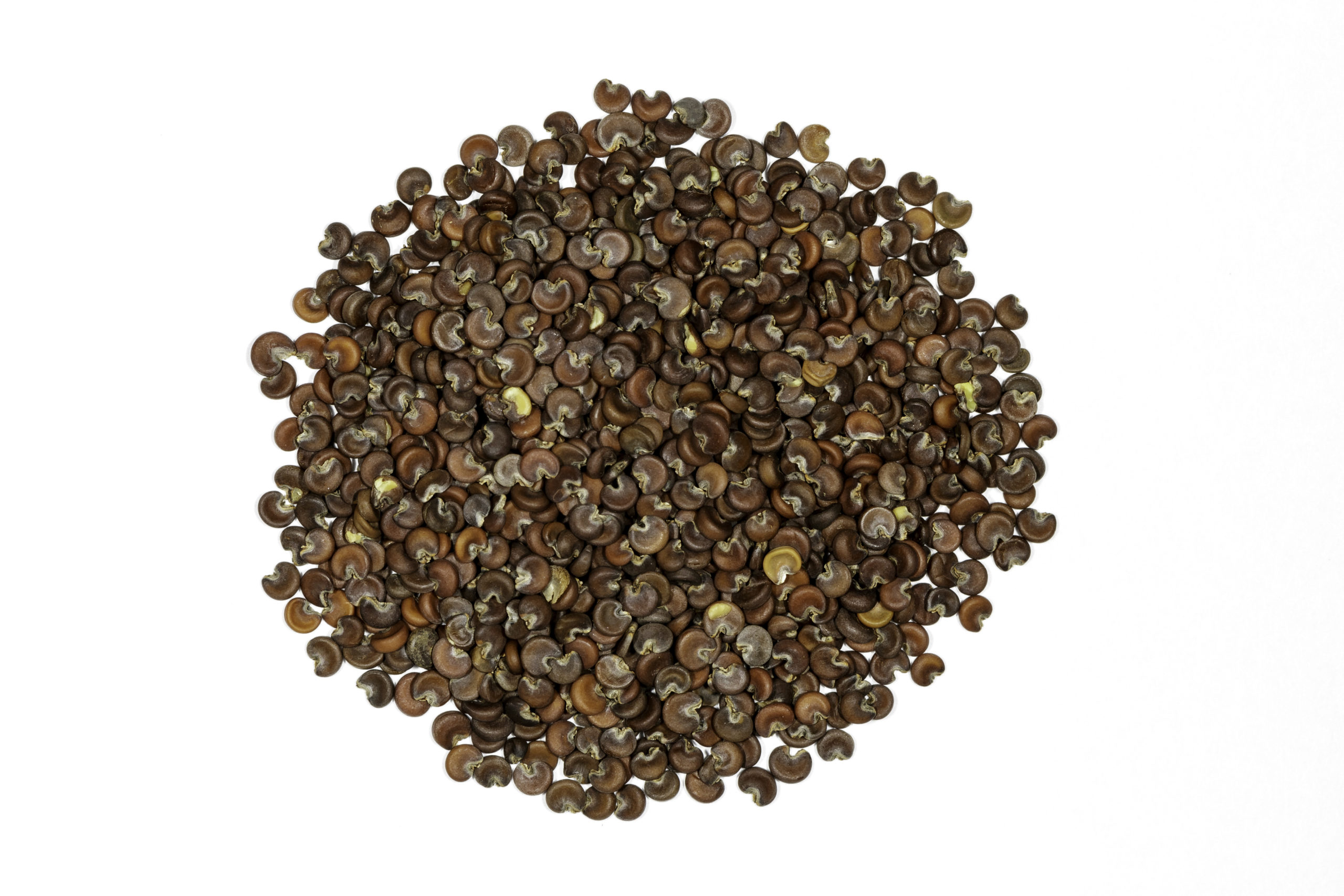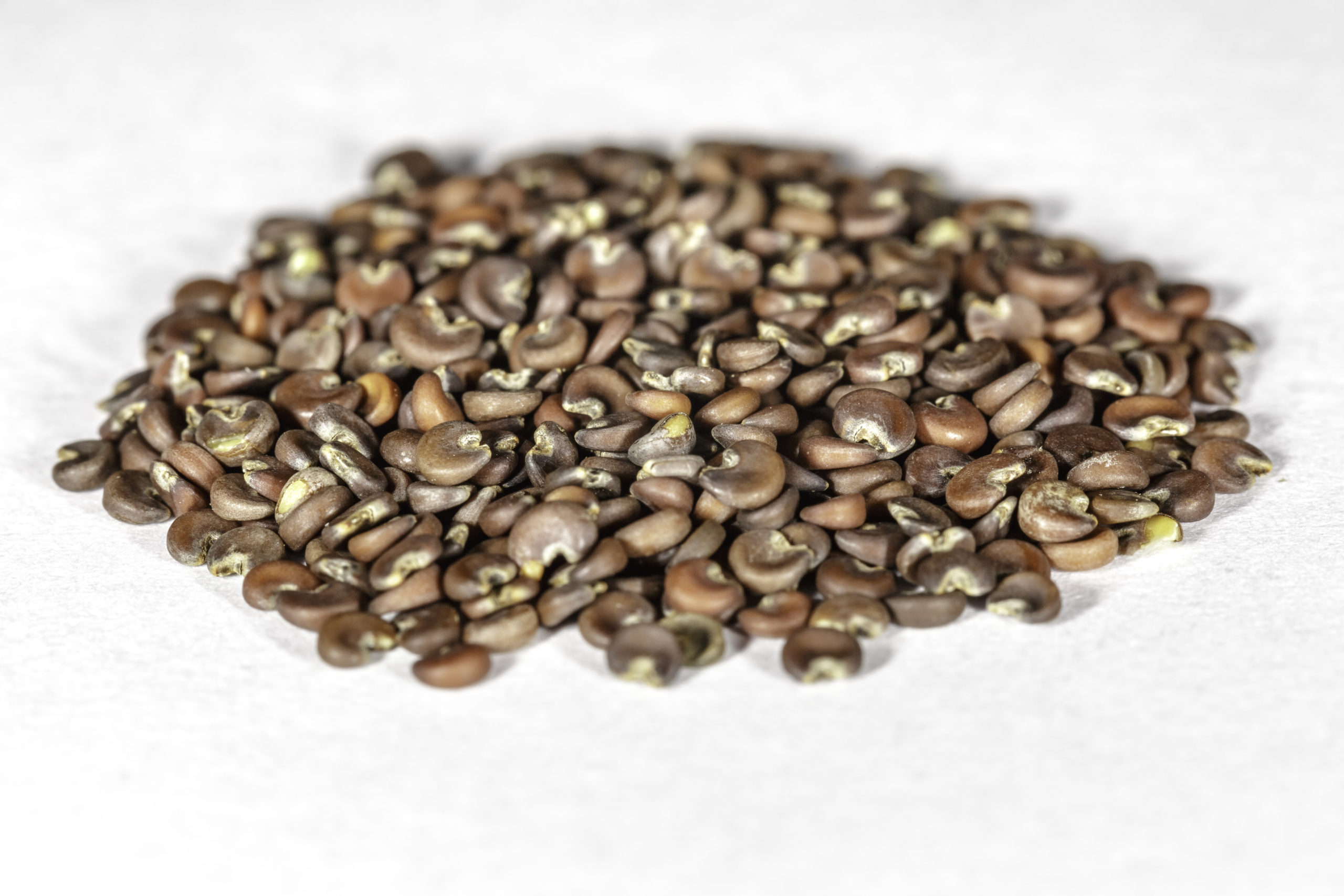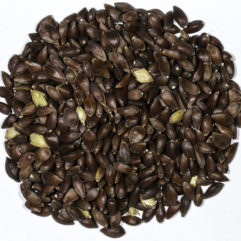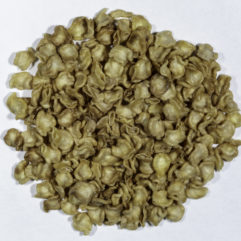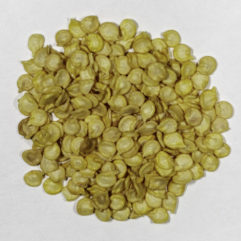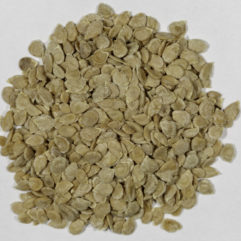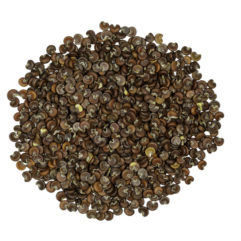Description
Althaea officinalis is a perennial species from the Malvaceae family that is native to Europe, Western Asia, and North Africa. The species is now grown around the world as an ornamental plant and for its medicinal properties. Althaea officinalis goes by the common names marsh-mallow, marsh mallow, or common marshmallow.
Althaea officinalis grows to an average height of 3 to 4 feet. However under the right conditions, the species can reach a height up to 6 and a half feet. The leaves of Althaea officinalis average 1 1/4 inches wide and 2 to 3 inches long. Both sides of the leaves are soft and velvety. The pink flowers of Althaea officinalis bloom during the end of summer around August and September.
The roots, leaves, and flowers of Althaea officinalis are edible. Today’s marshmallow treats evolved from an ancient Egyptian confection made from Althaea officinalis roots, beaten egg whites, and sugar. The plant was also eaten by many Romans on a daily basis. Althaea officinalis is considered a famine food and was eaten by poor people in Syria to prevent starvation.
Althaea officinalis has a long history of medicinal use. The roots, leaves, and flowers of Althaea officinalis have been used in both Greek and Chinese traditional medicine. The roots have been used to treat digestive problems and skin irritations. During the middle ages, the roots of Althaea officinalis were used to treat sore throats. The leaves have been used to treat problems with the lungs or urinary system.
*These products have not been evaluated by the Food and Drug Administration and therefore we cannot claim to diagnose, treat, cure, or prevent any disease. All information on our site is provided for historical background and educational purposes only.
